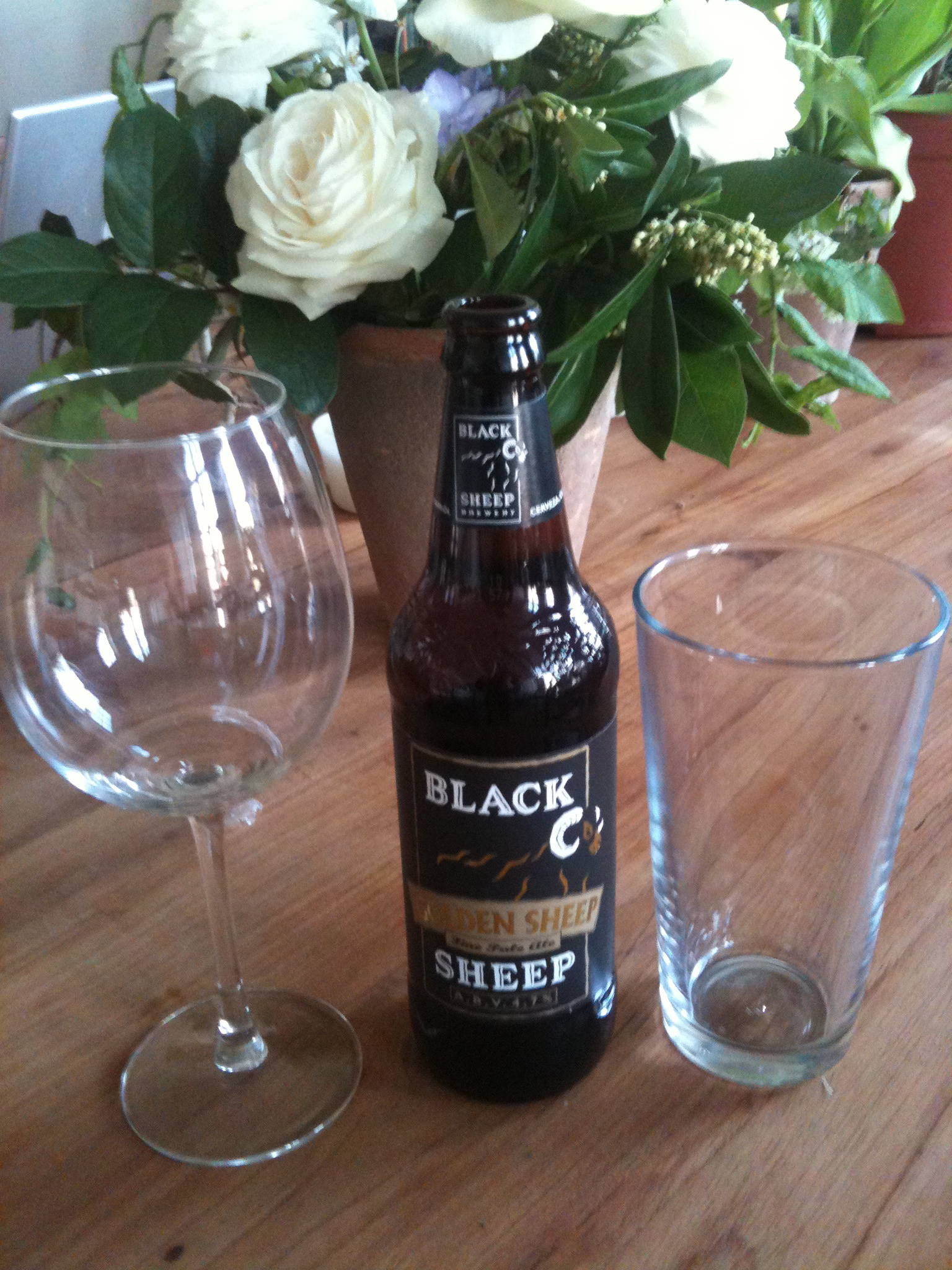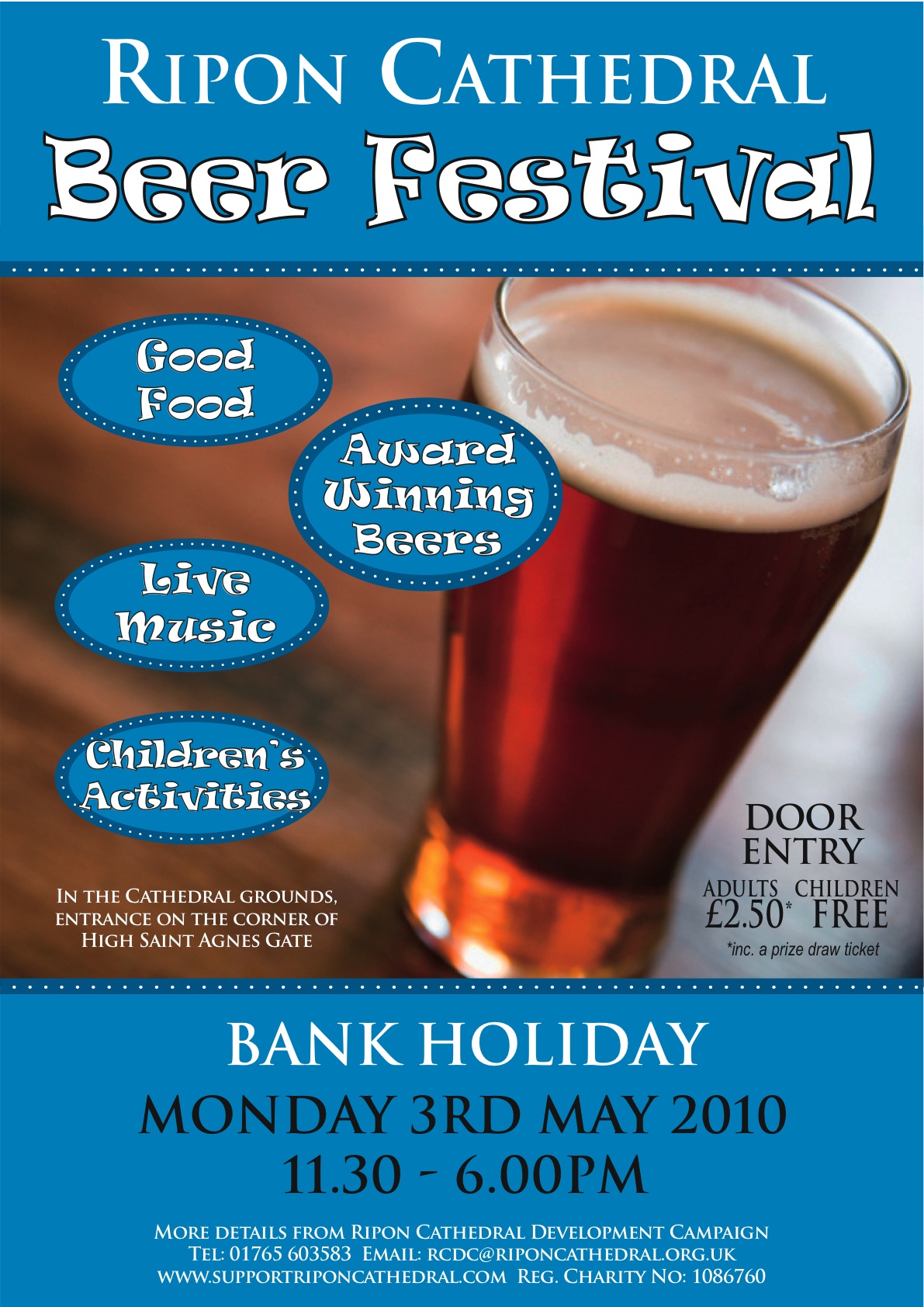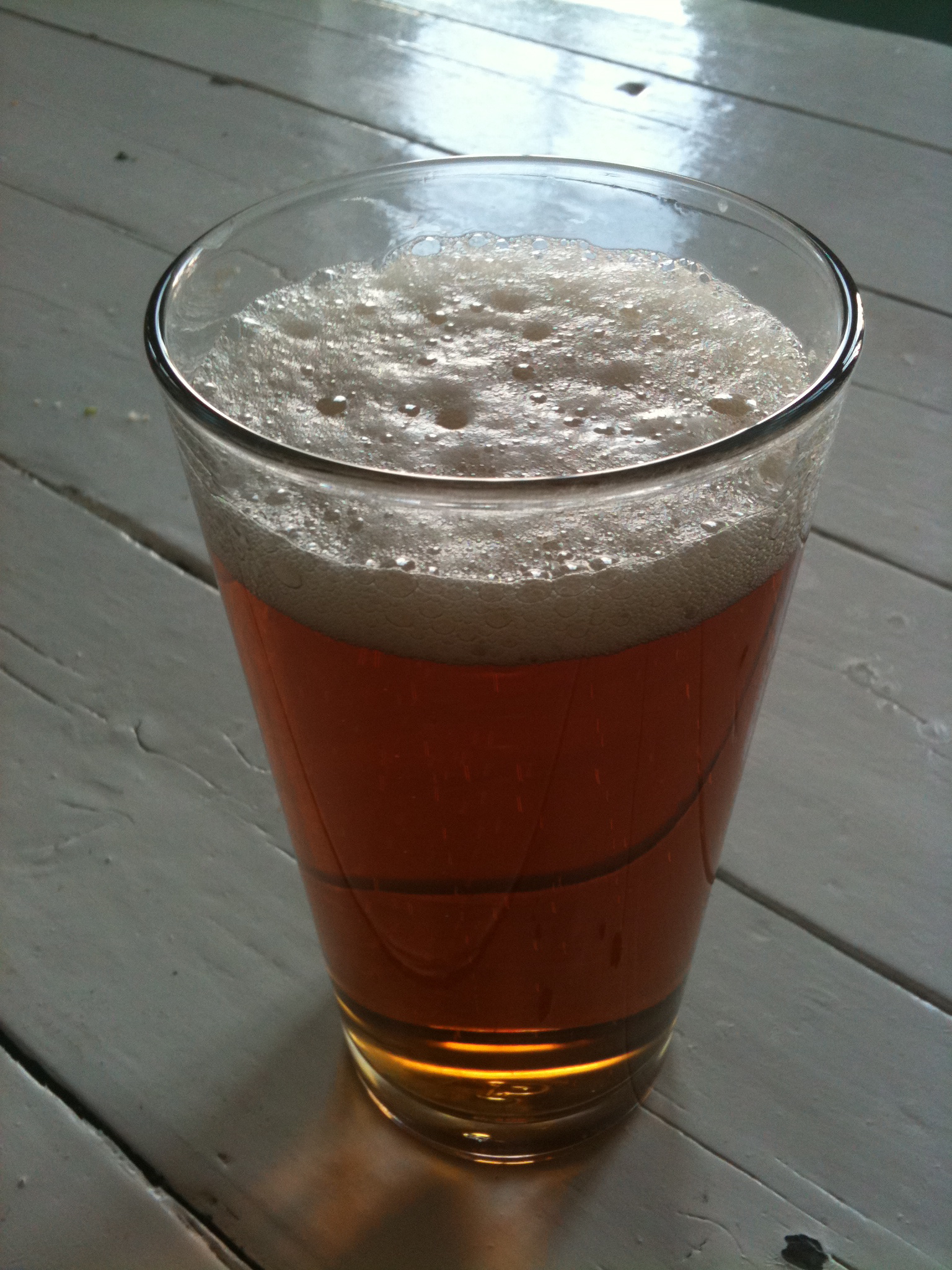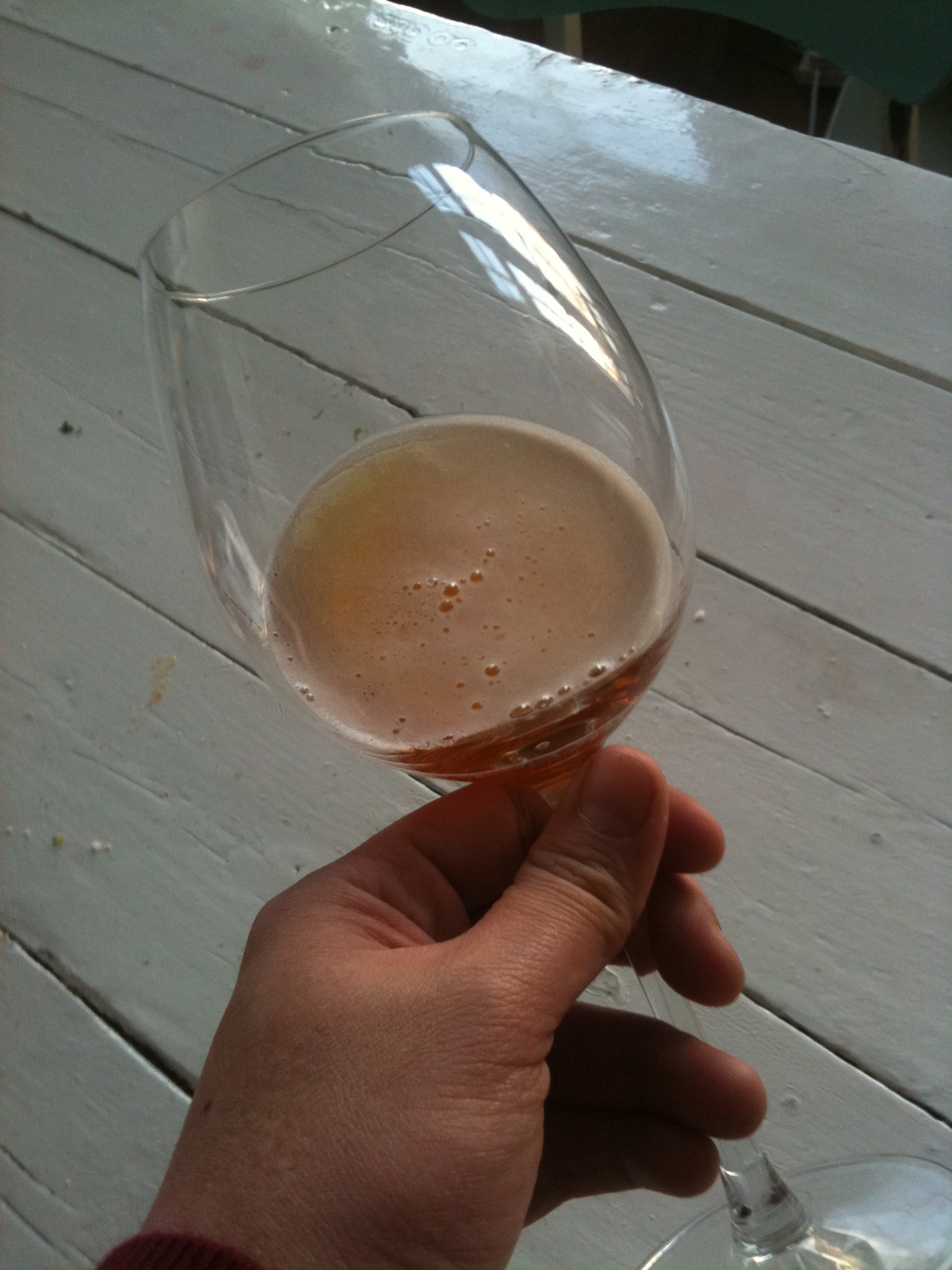 I haven’t written a great deal – if at all – about beer. Like wine, I know good beer from bad beer, but that’s about as far as my expertise goes. And like wine I do enjoy a beer or two. But what’s the best way to drink it? I realise that this is an incredibly broad question. It all depends on what kind of beer you’re drinking, where you’re drinking it, what with (if anything), why you’re drinking it – to refresh yourself? To enjoy your food more? To get immeasurably hosed? These factors all matter.
I haven’t written a great deal – if at all – about beer. Like wine, I know good beer from bad beer, but that’s about as far as my expertise goes. And like wine I do enjoy a beer or two. But what’s the best way to drink it? I realise that this is an incredibly broad question. It all depends on what kind of beer you’re drinking, where you’re drinking it, what with (if anything), why you’re drinking it – to refresh yourself? To enjoy your food more? To get immeasurably hosed? These factors all matter.
But there are two elements in particular that interest me – the glass and the temperature. Because, like with wine, these two factors play a huge role in the drink’s potential. “I quite like the Belgian custom of a different glass for each beer,” says food and drink writer Fiona Beckett, “but you can hardly do that at home”. Herein lies the problem. It is all very well acknowledging that each beer has its own identity and therefore requires a different vessel, but this is impractical for home drinking. Even in most pubs the options are pretty limited (if there are any options at all). Beer expert Rupert Ponsonby has particular beef with the dimple-sided beer mugs. “Every time someone drinks from one I go and find a flinted stone wall and bang my head against it, ” he excoriates. This seems like unnecessary vitriol towards something so symbolic of the good old-fashioned boozer. But it really just comes down to making the most of the beer. He goes on to explain: “Your mouth to your nose – those two interlinked sensory orgasmos – is 1 inch, and yet the distance from one side to the other of a dimpled pint is 3.5 inches. So every time any beer supper sups their beer from that receptacle they are losing 70% of the aroma and flavour of the beer.”
It makes sense. Beer is fast becoming as specialised and as respected as wine. Charlie McVeigh, owner of The Draft House, writes on his blog “we aim to do for beer what our culture has done for wine and food in the past twenty years – namely to take its sourcing, cellaring, selection and serving seriously.” It is, then, understandably a travesty to swill the beer thoughtlessly out of any old receptacle. “What is the point,” asks Ponsonby, “of using top quality cleverly roasted or kilned barley and top quality hops kept sous vide to keep the flavours fresh, if some muppet goes and offers the poor drinker what is, in effect, a bucket?” The glass isn’t just a conduit – it should contribute to the overall enjoyment of the drink.
And what of temperature? For foreigners Britain is infamous for serving warm beer, and certain ‘connoisseurs’ will insist that ‘real beer’ (ideally said in a Yorkshire accent) ought to be served at some uric temperature. Not so. “The idea of ‘warm beer’ is a myth,” suggests Ponsonby. “Though older brewers do prefer their beer not too chilled, as chilling closes down the flavours”. This argument does hold some sway. You can test this with pretty much anything. Eat a cold tomato, then eat a room temperature tomato. See?
But isn’t a nice cold beer what you want? “Temperature should be cool cellar temperature,” says Beckett. “Room temperature is too warm and fridge temperature too cold for anything but lagers, pilsners and witbiers”. Ponsonby adds: “if you are drinking beer with food you need the beer to be a couple of degrees cooler so the beer cuts through the richness of the food.”
Plenty of ale for thought then. There’s a simple way of testing these theories. Go out and buy two bottles of the same beer (I chose Black Sheep ‘Golden Sheep’). Stick one in the fridge for an hour, and one in a cool place (not, like, a trendy nightclub – just somewhere with a draft). Take the cool one and pour it into a pint glass. Have a slurp, taking in what it smells and tastes like. Now pour it into a wine glass and do the same. Much better yes? The pint glass beer has no nose whatsoever, whereas with a wine glass you’ll find your head blown off with amazing, fruity, beery aromas.
Repeat the procedure with the chilled beer. You’ll find it refreshes you more and is crisper, edgier…but it don’t taste as good.
What do you reckon? A load of hokum? Would you dare ask for a different glass in a pub?
While we’re on the subject, this promises to be a cracking beer festival, with lots of local Yorkshire D-ales to sup on and enjoy the bank holiday. There’s your plug, Dad.
 Beers on show include Black Sheep, Timothy Taylor’s, Rooster’s, Copper Dragon, Naylors, and Hambleton. All for £2.50 a pint.
Beers on show include Black Sheep, Timothy Taylor’s, Rooster’s, Copper Dragon, Naylors, and Hambleton. All for £2.50 a pint.


I think the name also helps, I love ordering ‘a pint of Doom’ (Doom Bar) always with salt and vinegar crisps too.
I first started drinking Black Sheep because I always found it hysterically funny to order ‘a pint of sheep’. I was a simple teenager.
Me too.
I really like the tall thin, but widening at the top glasses you get with Wheatbeer…
Not sure if it makes the stuff taste nicer but it looks cool…
No I like those too. I find they take the fizz out of it a bit so it slips down a treat.
Cool idea. I’ll try pouring hubby’s beer into a wine glass tonight. Let you know how it goes…
So what did hubby think of his new beer glass? I bet he was outraged!
I agree, decent beer, like decent wine, deserves appropriate glasses and serving at appropriate temperature. Before seeing your post I wrote about beers and food etc this morning: http://patrickcarpenter.blogspot.com/2010/04/blind-beer-tasting.html
By the way, I like ordering Bitter and Twisted
Who says you can’t have lots of different beer glasses at home…??!! I may possibly have a (way too) small collection of glasses for some of my favourite Belgian beers – Westmalle Triple, Duvel, Kasteel…
I took to drinking ales out of wine glasses a few summers ago. It’s looks a bit poncy, but tastes a million times better than out of a standard pint pot. I very much doubt I’d do it in a pub though (oh, except for that time when I ordered a Leffe but they had no Leffe glasses so I asked for a wine glass…you can’t drink a Leffe out of a half pint pot can you?!).
There is also a certain meaty satisfaction from drinking a good strong ale from a ‘jug’, a thick-walled, handled glass. Ignoring the fact that you feel more like a Real Ale Drinker, the limited contact with your hands prevents temperature changes taking place so rapidly, and most are manufactured with the pint line well below the rim to give you a good amount of head without detracting from the measure of the actual drink.
Sadly, they are something of a collector’s item in my local pubs, and most are stolen within a week of being ordered in.
Our local in New Cross serves ale in jug glasses, but I’m afraid I always have to ask for a straight one as I find the jug glasses too heavy for my RSI-plagued wrists. As for serving temperature, bang on with ‘cool’ room temperature although some summer beers do survive being chilled and some even benefit from it.